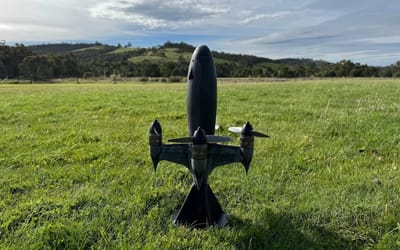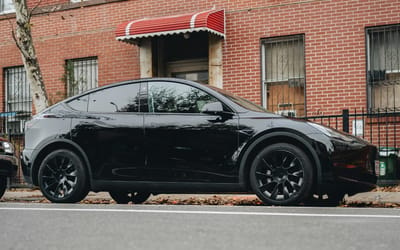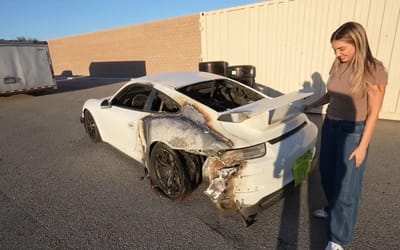The $9m Pebble Beach winner has the weirdest exhaust you’ve ever seen
Published on Aug 20, 2025 at 10:12 AM (UTC+4)
by Callum Tokody
Last updated on Aug 20, 2025 at 8:53 PM (UTC+4)
Edited by
Kate Bain
The Pebble Beach Best of Show went to a Hispano-Suiza H6C with a rare exhaust system that puzzled visitors as much as it impressed them.
Known as the Tulipwood Torpedo, the car was commissioned in the 1920s by aviator and racing driver André Dubonnet.
It raced in events including the Targa Florio and Coppa Florio before becoming a collector’s piece.
The unusual exhaust system turned the spotlight on an experimental idea from early motoring history.
VISIT SBX CARS – View live supercar auctions powered by Supercar Blondie
A closer look at the strange exhaust system
On the lawn at Pebble Beach, the Hispano-Suiza caught attention for reasons beyond its wooden body.
The car carried a Steigboy exhaust system, produced in Germany in the early 1920s.
Unlike modern mufflers, it used large round chambers and angled pipes to manage the flow of gases.
The principle was straightforward, expand the gas quickly, redirect it, and reduce noise without the packing materials that later became standard.
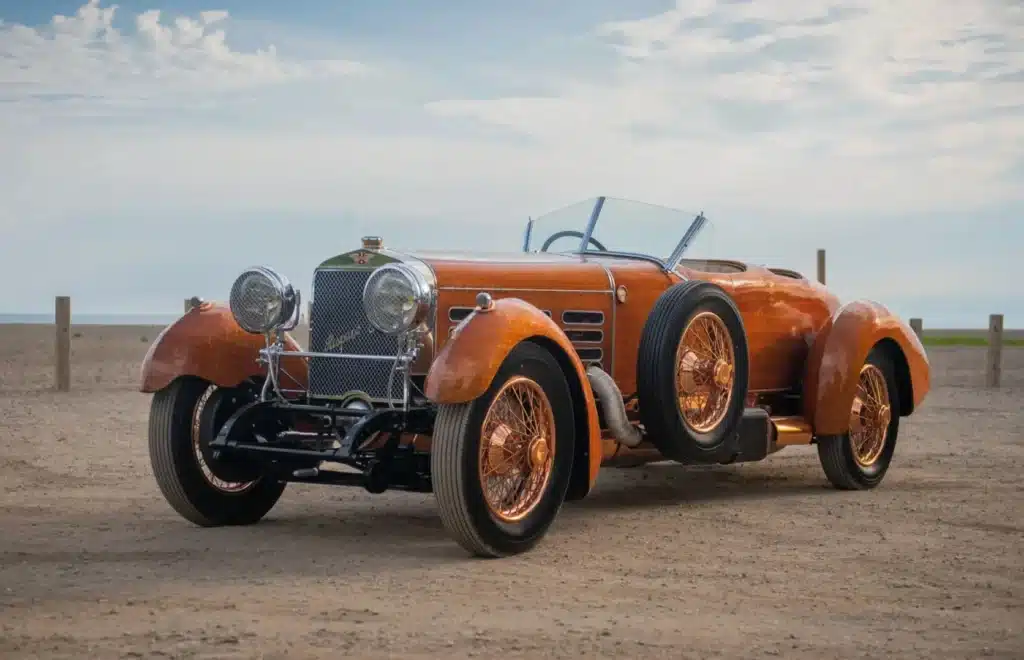
The layout looked unusual, but it had a clear purpose.
Exhaust pulses were sent into a large chamber where pressure dropped, then through a smaller outlet that sped the gases up again.
The design aimed to cut back-pressure and quieten the engine at the same time.
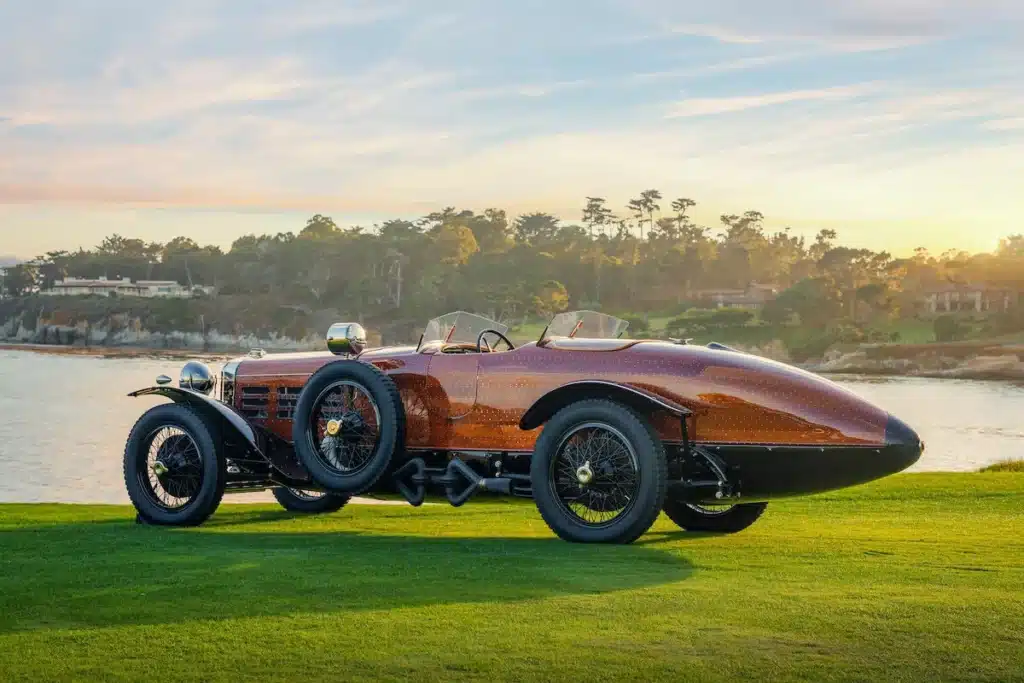
It was inventive, but too complex to last, which is why few cars ever carried the system.
At Pebble Beach, this Hispano-Suiza gave the exhaust system rare visibility.
Restored to original specification, it showed how far engineers were willing to experiment a century ago.
Judges recognized the car’s technical story as much as its appearance, and the exhaust system became one of the most discussed features of the concours.
From Pebble Beach lawn to racing past
The Pebble Beach concours often favors cars with layered stories.
This Hispano-Suiza combined racing history, aviation-inspired design, and a rare exhaust system that linked it to a short-lived chapter in automotive engineering.
Dubonnet’s background as a pilot mirrored the aviation ties of Friedrich August Boysen, the engineer behind Steigboy.
Steigboy exhaust systems also appeared on motorcycles and aircraft, including race winners in 1922, before fading from use.
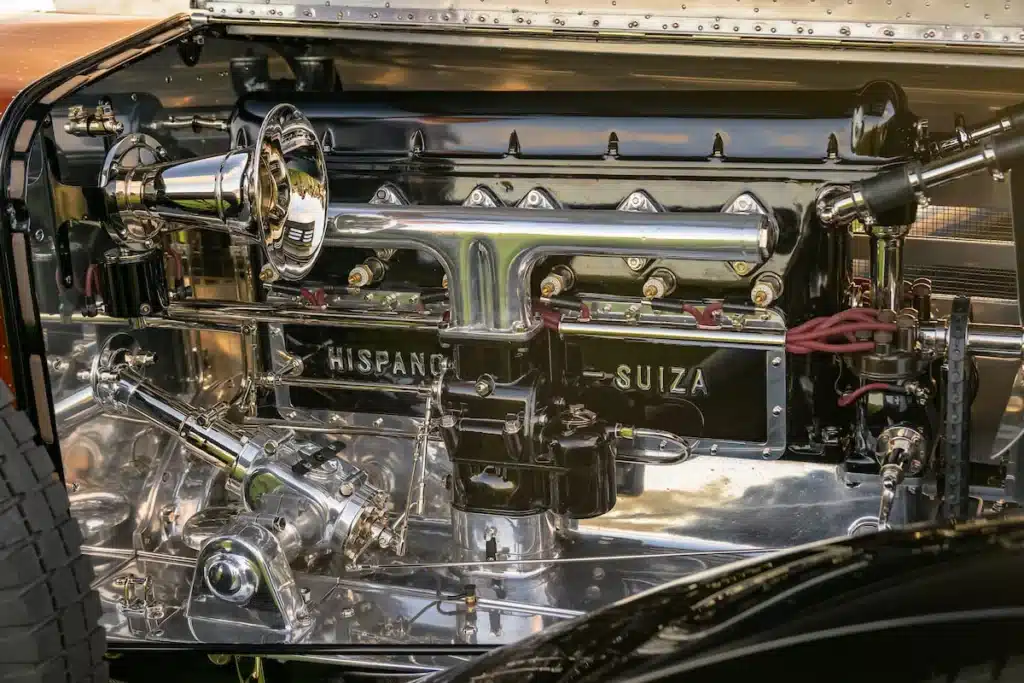
The company later evolved into today’s Boysen Group, which supplies modern exhaust systems, battery housings, and hydrogen storage systems.
Seeing one of its earliest designs on the concours stage underlined the long path from experiment to industry.
By selecting the Hispano-Suiza as Best of Show, Pebble Beach judges highlighted how concours cars can be valuable not only for their beauty but also for the history they preserve.
This Hispano-Suiza brought together aviation influence, racing heritage, and an exhaust system that turned a century-old experiment into the centerpiece of a modern concours.
DISCOVER SBX CARS: The global premium car auction platform powered by Supercar Blondie
Callum Tokody is a content writer at Supercar Blondie, where he covers the latest in the automotive world with a focus on design and performance. With a background in automotive journalism, he has contributed to a range of publications in Australia and the UK. In addition to his writing, Callum also heads up PR and communications, helping to build and strengthen partnerships within the industry. Outside of work, he’s a design enthusiast with a soft spot for anything with a V8 and a good story.
